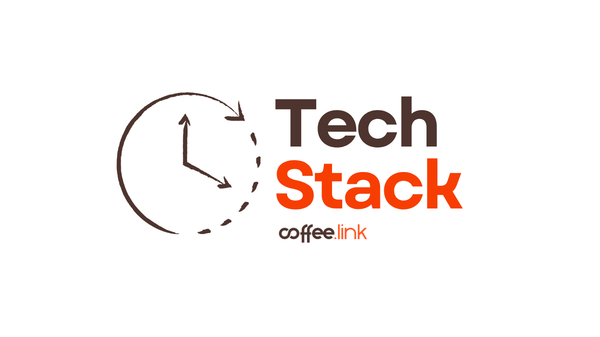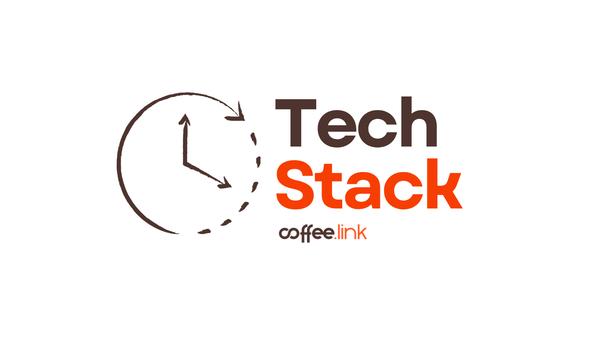Sam Bankman-Fried was the founder and CEO of FTX — FTX was the “safest and easiest way to buy and sell crypto”, as endorsed by the likes of Tom Brady. It had everything spot on. And Sam, often known as SBF, was the stereotypical tech-savvy pioneer that investors could ‘trust’ — a word that doesn’t sit all too well right now.
The Genius at Jane Street
Sam worked as an ETF trader at Jane Street Group for three years. It was during this period that he simultaneously worked on building Alameda Research. Jane Street wasn’t too loud in its presence but, it was known “for its obsession with risk and preference for stealth…. It digs into the health of trading partners, models potential catastrophes, autopsies losses and restricts staff from commenting publicly, because even that poses a danger.” The firm always played its cautions safe. But Sam did not learn from this culture.
Jane Street was where many of the smarts want to work. Given its expertise in the ETF trade, which was rising in prominence, it gained a footing amidst the Wall Street greats. The relevance of ETF bonds continued to boom even in the early months of 2020 when the COVID-19 struck world winced at uncertainty, as Robin Wigglesworth’s FT article shows: “In the first six months of 2020, Jane Street made $6.3bn in adjusted profits, up more than 1000 percent from the same period in 2019, and its first-half net trading revenues were $8.4bn, according to financial data shared with some of its lenders last year.”
But what led Sam to this risk-obsessed firm? Effective Altruism. For him, the threat that he had to fight was one posed by danger-loving Artificial Intelligence. A far-fetched, typically ‘genius’ theory of altruism, one might remark. Knowing more about risks was the last thing on his mind when he signed up for Jane Street’s offerings. He took up a well-paying job with the goal to give all of his earnings away at a later point for a ‘greater cause’. One key perk: he could also find some talent from the Jane Street bunch to recruit into FTX and Alameda.
SBF, Effective Altruism, and the FTX Crash
Educated at MIT, Sam was often struggling to understand what he should do next. He joined Jane Street, learned about cryptocurrencies in 2017, and decided to fish for his luck there. Sam got intrigued by what is called the Japanese arbitrage trade — taking the American bitcoin to sell in Japan. This gained attention and he found merit in setting up Alameda Research. He then went on to institute FTX for cryptocurrency exchange.
Now, for Sam and many other believers of Effective Altruism, the notion of charity was — apparently — deep-rooted. In hindsight, philanthropy met very little in terms of good intentions, given how SBF was booked for money laundering and fraud. This has brought the focus onto the legitimacy of a philosophy like effective altruism. In the case of Sam, the cause he chose was, to say the least, off-road: fighting off the dangers of AI. And even the most sensible of causes cannot go on to legitimize fraud in the pursuit of quick money. That is a point that SBF completely missed assimilating into his practice.
What did Sam do?
Sam Bankman-Fried was among the top donors to the Democrats for both the 2020 election cycle and the midterms that happened last year. He was trying to get the stronghold in politics as well. For those in power, Sam had become the one to go to for word on crypto. It was a partnership well thought out.
But, he messed everything up. He took $8 billion worth of customer deposits and committed fraud. Sam admitted that he’d gone down the wrong alley.
Almost immediately after he set up FTX with Nishad Singh, Sam started secretively steering away customer deposits to Alameda. This would have been legal had the customers consented to such use of their deposits. But that wasn’t the case here. Alameda also failed to communicate that the sale of FTT, Solana, and Serum tokens (all that FTX endorsed or handled) could not bring in the money it was said to be worth. This was a grave error — they did not match these tokens with market value. And for all the ‘trusted’ exchanges that FTX guaranteed, there were no records. These are, of course, only a few among the list of technical loopholes that Sam and his folks benefitted from.
But, the crux of all problems that the SBF saga narrates is this: where transparency is nil, a quick fall always looms. Operationally, both FTX and Alameda thrived on furtiveness.
Sam did not learn lessons from Jane Street or Effective Altruism. And now he spends his days under close watch in his parents' house at Stanford. For the students on campus, he’s quite the object of interest. Smirks and intrigue are strewn along as they walk by the Bankman-Fried home.
Whether he is allowed to use a non-smartphone or not is now the question.








